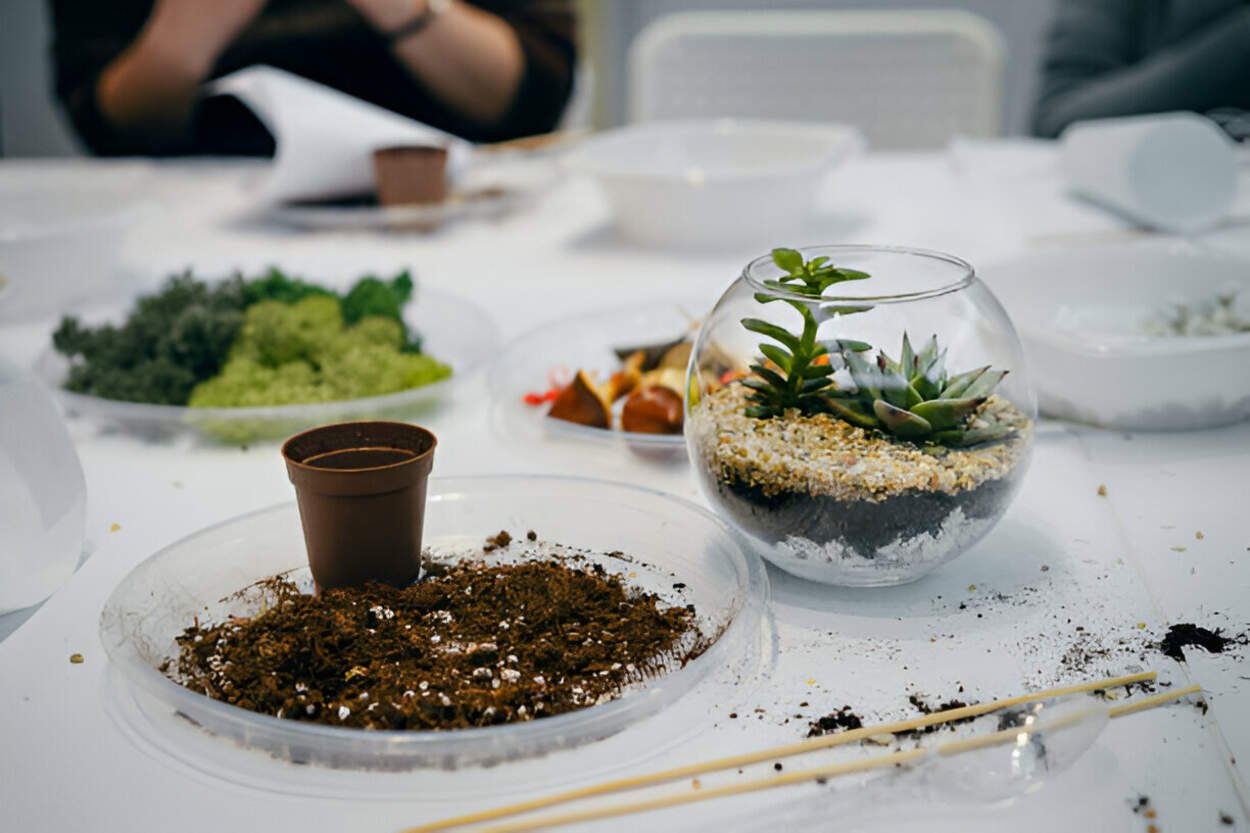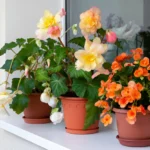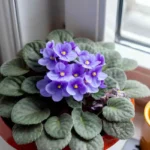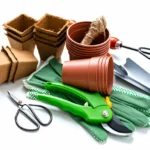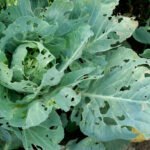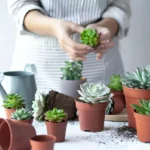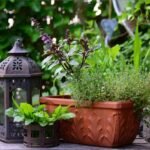Terrarium is a popular name among gardeners all over the world. Creating a terrarium allows you to maximize your creativity and talent. Several countries in the developed world today organize open terrarium exhibitions and discuss techniques for creating, maintaining, and sustaining terrariums over the years.
The first thing you need to know about creating a terrarium is terrarium soil. The ideal substrate is crucial for terrarium growth.
You can make terrarium soil at home by following a few steps. You will be guided through the procedure by this article. A terrarium can be a great way to showcase your creativity. Your mindset can affect how aesthetically pleasing your design can be. Above all, if the perfect soil is made for your terrarium, plants and microorganisms can survive inside the terrarium.
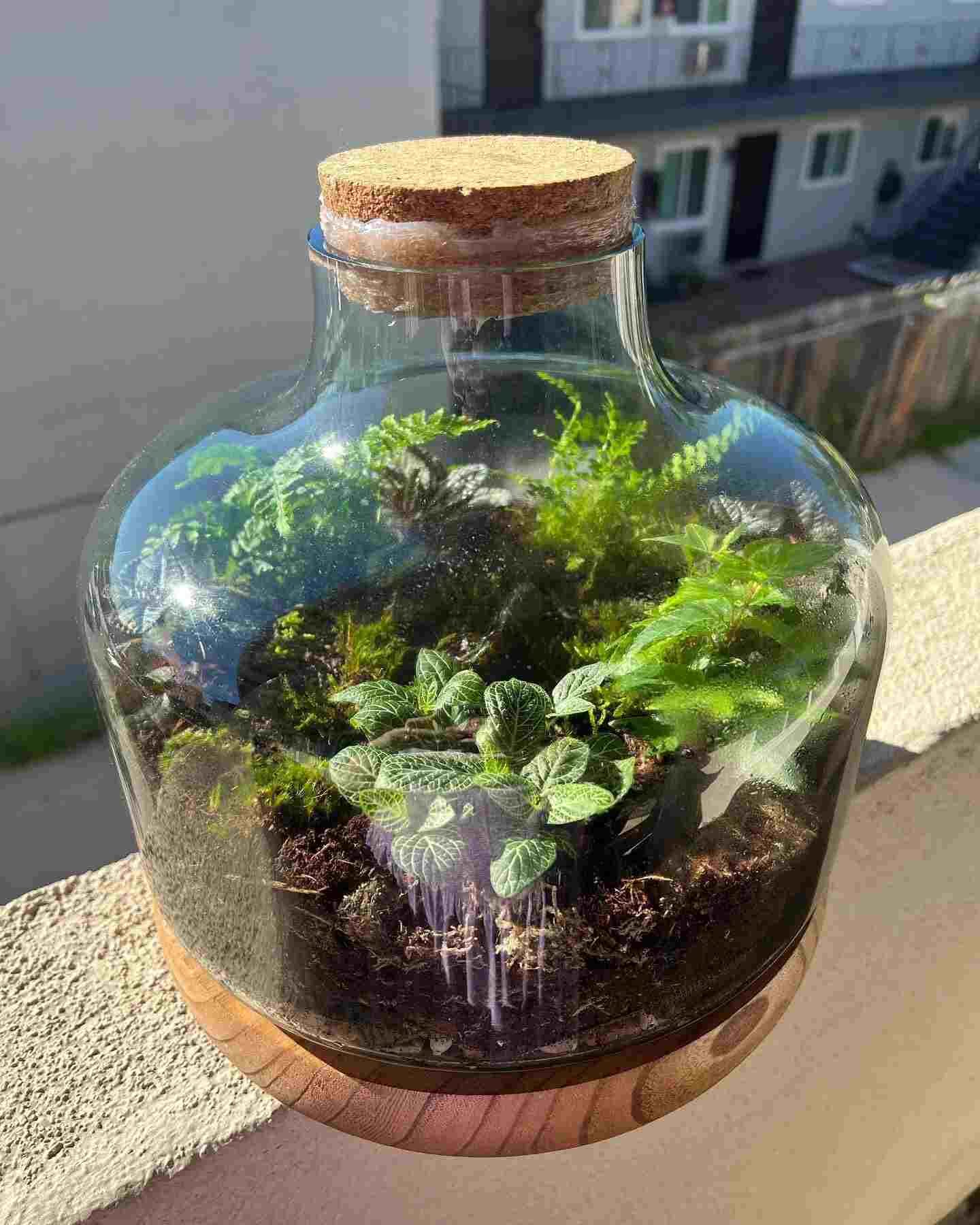
Why do Terrariums use Soil?
A terrarium is a small representation of materiality. You’re bringing the ecosystem process to a smaller scale with a terrarium. It will be easy for you to understand if we look at nature. The importance of Soil in nature is unknown to us. Similarly, soil layers in terrariums help plants grow. Insects, earthworms, and microorganisms thrive in the soil layers. In addition, the soil layer ensures the ecosystem’s balance and air circulation, starting with providing organic and inorganic nutrients to the entire process. If you cannot supplement the Soil in the terrarium with nutrients, including micronutrients, the whole process, including the plants in the terrarium, will not survive for long. It is essential to carefully prepare the soil substrate layer to make Soil at home.
The Soil Used in The Terrarium
Loamy soil
Terrarium soil uses loamy soil. Plants can grow well in loamy soil, which contains sand and silt, allowing plant roots to grow and retain water. If you don’t want to make a DIY or close terrarium and your budget is low, then you can use loam soil.
Forest Floor
Forest soil can be used in the terrarium soil layer. You can collect the fallen leaves of the forest and the soil under the shade of the big trees. In this, the remaining parts of the leaves rot, along with the dead bodies of other organisms, and provide nutrients. You can transplant terrariums in these soils.
DIY Terrarium Soil
You can make terrarium soil with high-quality ingredients. These soils increase the beauty of the soil layer and provide organic nutrients from the outside. You can make it yourself. We have discussed soil types above. Below, we will tell you about the ingredients used in terrarium soil. With just a few ingredients, you can make the ideal soil for a terrarium at home. We have discussed soil types above. Below, we will describe the ingredients that can be used in terrarium soil.
1. Sphagnum Moss
You can use sphagnum moss in terrarium soil. Sphagnum moss is light and water-retentive. Using Sphagnum moss keeps the soil moist. Some even put a separate layer of sphagnum moss in the terrarium.
2. Perlite
Perlite keeps the medium aerated and aerated. Perlite is very light, but its texture is strong enough to hold water.
3. Bark
The bark of the tree is called bark. The bark is used in terrarium soil. Water in the medium is rapidly drained if bark is used.
4. Horticultural Sand
Horticultural sand helps the medium to drain. You can use sand very sparingly.
5. Coco Coir
Coco coir is the ash of coconut that holds water and helps to retain moisture in the medium. Coco Coir is considered the main body of terrarium soil. You will find (ready-to-make) coco coir in nurseries. Due to the lightness of the coco coir, the medium becomes friable, and air pockets form in the medium.
5. Worm Compost
Worm compost or vermicompost is added to the terrarium medium. It is produced organically, which adds extra nutrients to the medium. Plants can collect essential nutrients from the medium.
6. Regular Potting Mix
Potting mixes available from nurseries can be used. These mixes are made with various combinations, including perlite, coir, and vermicompost.
7. Charcoal
Charcoal filters water and quickly drains it into the medium. It also protects the soil from harmful insects. You can use charcoal in terrarium soil but in small pieces.
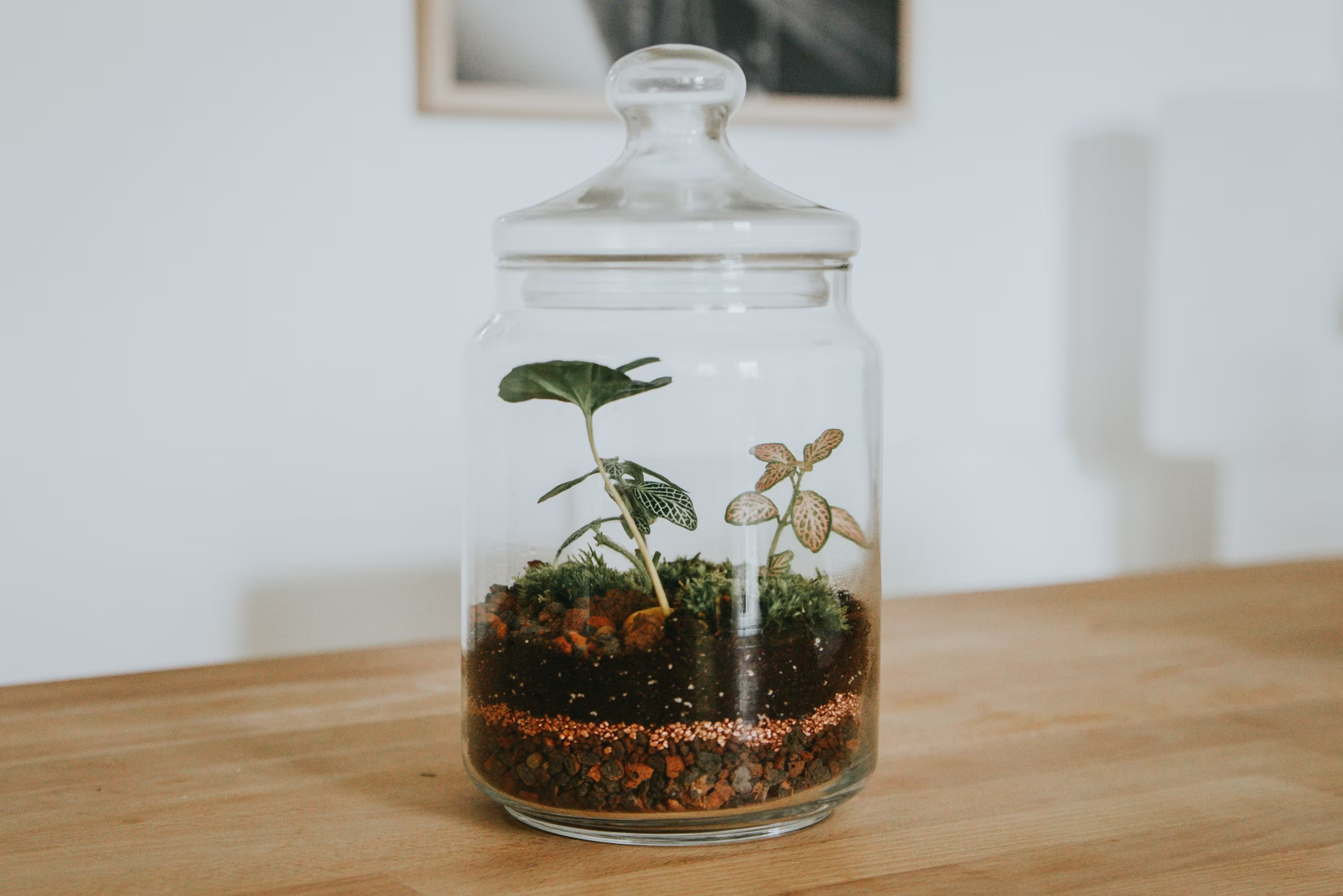
The soil layer in the terrarium will depend on your terrarium jar. The soil layer can be divided into 3-6 parts depending on the size of the jar. When making your home terrarium soil, there are a few ingredients to avoid that can spoil it.
Avoid these elements when creating media:
- Used soil (used on other plants)
- Clay soil collected from outdoors
Everything you need to make your terrarium soil:
- A container (for mixing)
- Gloves
- Regular potting mix
- Orchid bark or tree bark
- Charcoal
- Sphagnum moss
Put on the gloves and open the container jar. Take a cup (for measuring). Take 5 cups of regular potting mix soil, 1 cup of horticulture sand, 2 cups of orchid bark, 1 cup of charcoal, and 1 cup of Sphagnum Moss.
Notes: Don’t forget to wash orchid bark, charcoal, and sphagnum moss with water.
Now, mix and make sure that each ingredient is well mixed.
We are sharing a video for your understanding.
https://www.youtube.com/watch?v=gB2q2ngqOn8
You can easily add this terrarium soil to your DIY terrarium.
Related: How To Make a Mini Ecosystem | Terrarium | Zero Budget | Guide:101
